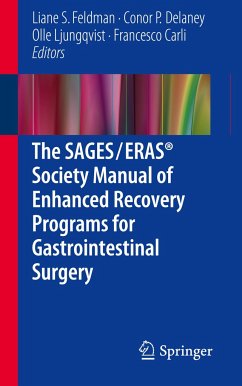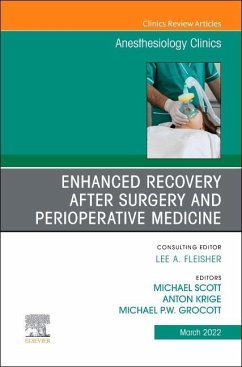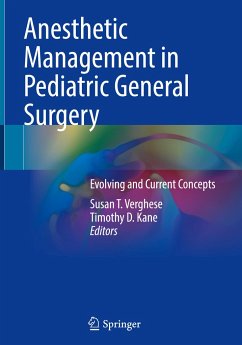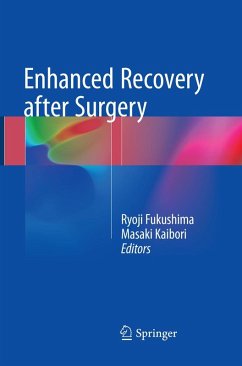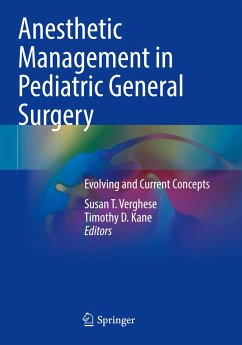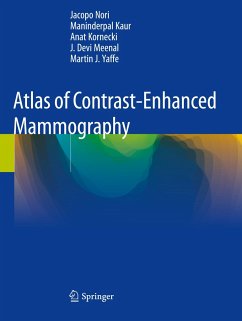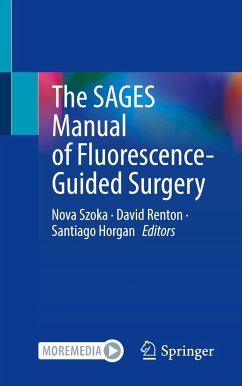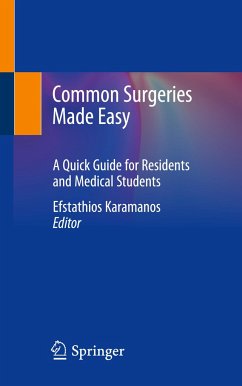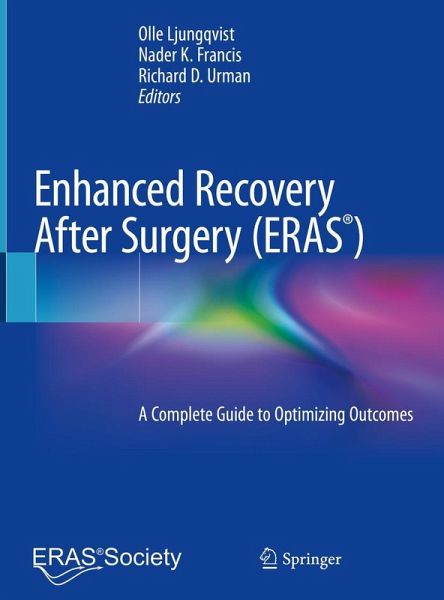
Enhanced Recovery After Surgery
A Complete Guide to Optimizing Outcomes
Herausgegeben: Ljungqvist, Olle; Francis, Nader K.; Urman, Richard D.

PAYBACK Punkte
50 °P sammeln!
This book is the first comprehensive, authoritative reference that provides a broad and comprehensive overview of Enhanced Recovery After Surgery (ERAS). Written by experts in the field, chapters analyze elements of care that are both generic and specific to various surgeries. It covers the patient journey through such a program, commencing with optimization of the patient's condition, patient education, and conditioning of their expectations. Organized into nine parts, this book discusses metabolic responses to surgery, anaesthetic contributions, and optimal fluid management after surgery. Ch...
This book is the first comprehensive, authoritative reference that provides a broad and comprehensive overview of Enhanced Recovery After Surgery (ERAS). Written by experts in the field, chapters analyze elements of care that are both generic and specific to various surgeries. It covers the patient journey through such a program, commencing with optimization of the patient's condition, patient education, and conditioning of their expectations. Organized into nine parts, this book discusses metabolic responses to surgery, anaesthetic contributions, and optimal fluid management after surgery. Chapters are supplemented with examples of ERAS pathways and practical tips on post-operative pain control, feeding, mobilization, and criteria for discharge. Enhanced Recovery After Surgery: A Complete Guide to Optimizing Outcomes is an indispensable manual that thoroughly explores common post-operative barriers and challenges.



